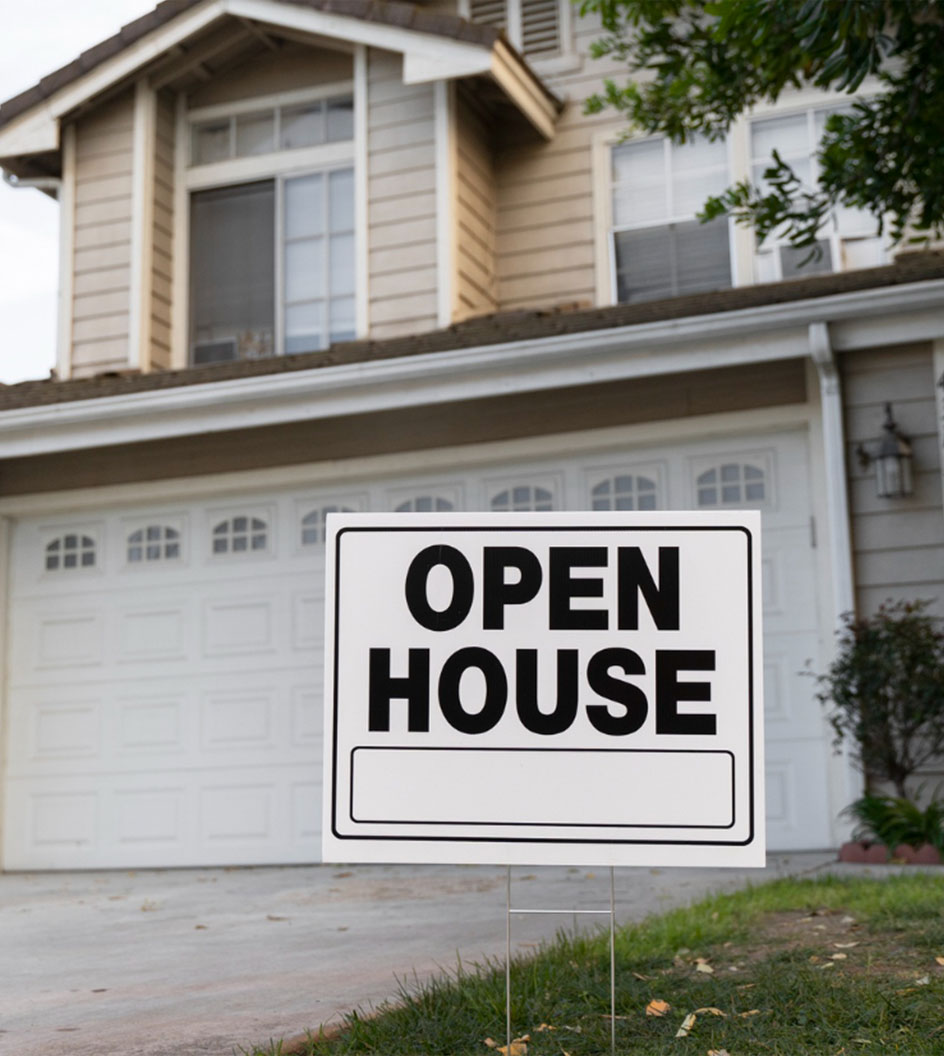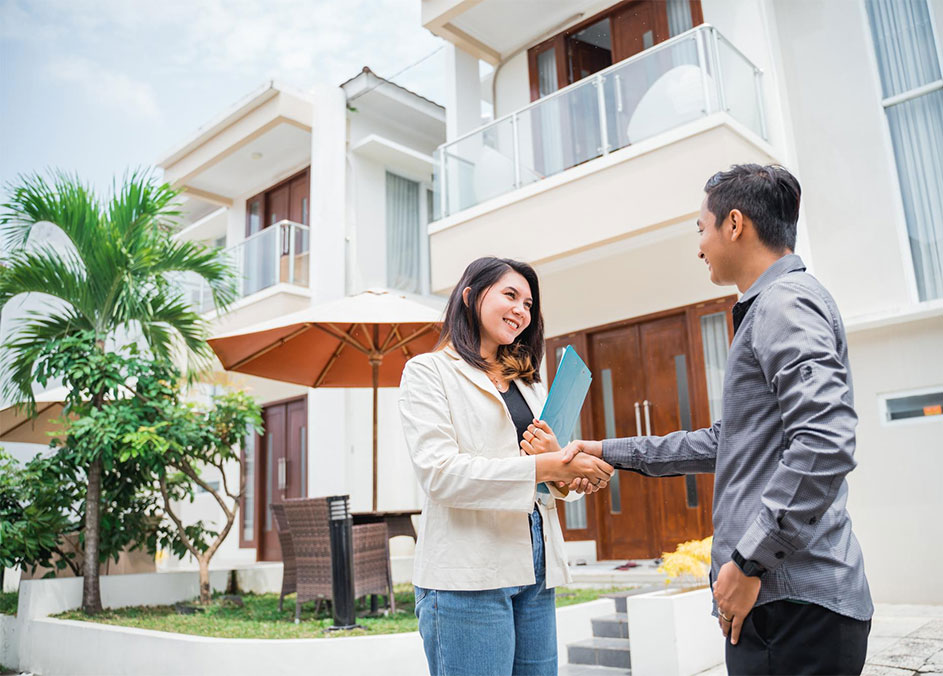Your Guide to Running a Winning Open House
Your Practical Guide to a Successful Showing
Thinking about hosting an open house? A well-run event can boost exposure, generate leads, and help your property stand out — but only if you avoid the common pitfalls that can cost you time, energy, and even money. This guide breaks down the key benefits, plus the essential do’s and don’ts, so you can make your open house truly worthwhile.

Why Host an Open House?
Before diving into strategy, let’s tackle the big question: is an open house worth it?
Some real estate pros dismiss them as a waste of effort, pointing out that offers rarely happen on the spot and that safety can be a concern. While it’s true that not every open house leads directly to a signed contract, the overall benefits are hard to ignore.
- Homes with open houses sell faster and often at higher prices.
National data shows they typically spend fewer days on the market and close at stronger price points.
- They create urgency and “fear of missing out.”
Buyers who see other people touring the same home feel motivated to act quickly rather than risk losing it.
- They generate future clients.
Even if a visitor doesn’t buy that particular home, they may hire you to help with another purchase.
- They boost visibility and exposure.
Think of an open house as a marketing campaign in itself — every extra set of eyes on the property increases your chances of selling.
Bottom line: an open house isn’t just about closing that very day. It’s about building momentum, creating competition, and expanding your reach.
20 Open House Safety Tips
Thinking about hosting an open house? A well-run event can boost exposure, generate leads, and help your property stand out — but only if you avoid the common pitfalls that can cost you time, energy, and even money. This guide breaks down the key benefits, plus the essential do’s and don’ts, so you can make your open house truly worthwhile.
The Do’s of Hosting an Open House
Hold a Broker’s Preview
Start with a private event for local agents and industry pros. This builds buzz, provides valuable feedback on price and presentation, and can generate referrals before the public even steps in the door. Serve light refreshments, provide property flyers, and encourage feedback that can help you fine-tune your listing.
Clean and Declutter
First impressions are everything. Encourage sellers to deep clean — shampoo carpets, polish appliances, wipe down baseboards, and dust ceiling fans. A home that smells fresh and looks spotless will instantly feel more inviting. Decluttering is just as important: remove extra furniture, personal photos, and knick-knacks to make rooms feel bigger and allow buyers to imagine themselves living there.
Promote It Everywhere
An open house is only effective if people show up. Don’t rely on a single marketing channel — use multiple outlets to get the word out. Spread the word through:
- Paid social media ads on Facebook and Instagram to target local buyers
- Directional signs and neighborhood flyers to capture drive-by traffic
- Email newsletters to your database and past clients
- Major online platforms like MLS, Zillow, Realtor.com, and Trulia
- Posts on community forums, local coffee shop boards, and even Craigslist
The more visibility you create, the higher your chances of attracting serious buyers.
Provide Property Sheets
Never assume buyers will remember all the details. Hand out professional property sheets with all the essentials: price, number of bedrooms/bathrooms, square footage, taxes, and standout features. Include high-quality photos, your contact details, and even a QR code that links back to the full online listing. These leave-behinds keep your property top of mind when visitors compare multiple homes later.
Stage Thoughtfully
Staging doesn’t need to be expensive to be effective. The goal is to highlight the home’s best features and create a move-in-ready atmosphere. Arrange furniture to maximize space, add neutral décor that appeals to a wide audience, and make sure natural light floods in by opening curtains and blinds. Small touches like fresh flowers, cozy throws, or soft background music can make a huge difference in how buyers feel during their visit.
The Don’ts of Hosting an Open House
- Don’t Let Sellers Linger
Homeowners hovering in the background can make buyers uncomfortable. Buyers may rush through the home or avoid opening closets and cabinets if they feel watched. Politely encourage sellers (and their pets) to step out for the duration of the open house.
- Don’t Schedule Poorly
Timing can make or break your event. Weekends between 11 a.m. and 4 p.m. tend to draw the largest crowds. Avoid early mornings, late evenings, weekdays, holidays, or times when big local events are happening. The easier it is for buyers to attend, the better your turnout will be.
- Don’t Neglect Curb Appeal
Buyers form opinions before they ever step inside. A poorly maintained exterior can instantly sour their perception. Encourage sellers to mow the lawn, power wash the driveway, trim hedges, clean gutters, and plant flowers. Even small updates like a new welcome mat or freshly painted front door can create a strong first impression.
- Don’t Use Overpowering Scents
Artificial air fresheners and candles can backfire, turning buyers away or even triggering allergies. Instead, focus on eliminating odors at the source by deep cleaning carpets, curtains, and upholstery. Open windows for fresh air and, if you want a subtle scent, bake cookies or simmer lemon slices before the event.
- Don’t Skip the Follow-Up
The open house isn’t the finish line — it’s just the beginning. Always collect visitor information, whether through a sign-in sheet, digital check-in app, or business card exchange. Within 24–48 hours, follow up with a thank-you message, answer questions, and offer to schedule private showings. Consistent follow-up often turns casual visitors into serious buyers.
Sell Faster with Open Houses
An open house doesn’t succeed by accident. With the right prep, smart marketing, and consistent follow-up, it can be a powerful tool in your selling strategy. Focus on creating a welcoming, well-timed event — and avoid the common mistakes — to get the most out of every showing.
Remember, the open house is more than just a sales tactic. It’s your opportunity to build trust, showcase the property in its best light, and connect with potential buyers face-to-face. Done well, it can shorten your time on the market, increase your final sales price, and even open the door to new clients beyond the current listing.

Get Your Home's Value
Choose to receive an automated home value or a more precise in-person evaluation of what your home could sell for in today’s market.
